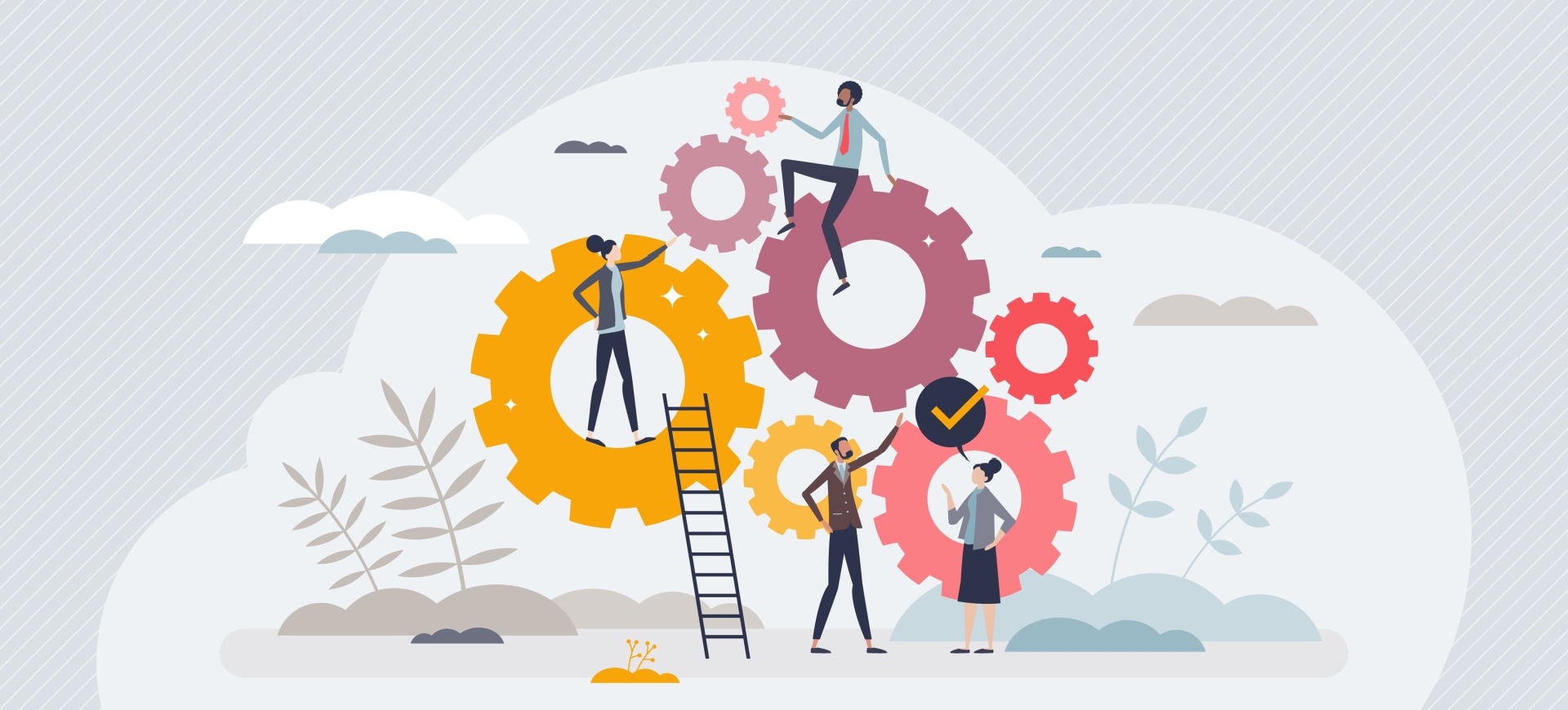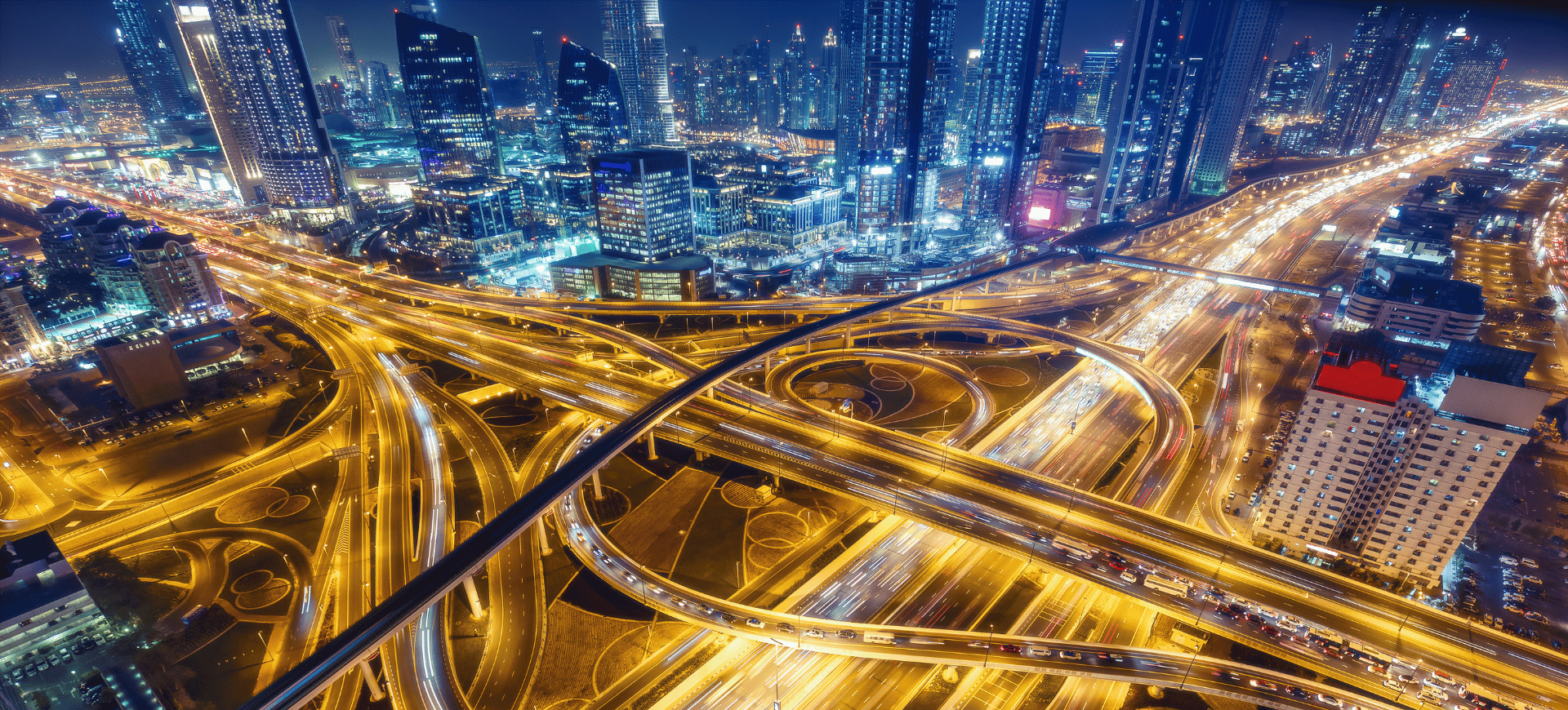Empowering Consumers: The Human Catalyst for the Energy Transition
The reality of the energy transition is beyond dispute. All elements of industry analysis arrive at the same conclusion: it’s a deep, transversal and ongoing process that brings hope in the fight against climate change. It can also deliver positive social and financial returns – particularly where energy providers are willing to adopt a forward-thinking approach.
However, consumer uncertainty and artificial polarisation persist in some contexts, leading to reservations about our collective ability to progress with the energy transition at the required pace. Despite being set against this challenging backdrop, the data paints a clear and optimistic picture.
The drivers of progress are more powerful than the stoppers.
In fact, it’s a realistic expectation that we can actually accelerate the energy transition, rather than simply maintain the status quo. The key to achieving this lies at the intersection of innovation, behaviour and systems design.
The foundations are laid
We’re already in a strong position to accelerate the energy transition. The technology and supply chains are in place, while the level of potential efficiency gains and cost reduction to be achieved can credibly be described as exponential. These gains will be accessible at scale, as solar and battery manufacturing capacity reaches the requisite levels to hit net-zero targets between 2022 and 2025.
The financial and societal incentives are well established, too. For most locations and scenarios, renewables are the rational and financially savvy option. And, of course, the climate emergency hasn’t gone anywhere. On the contrary – its implications are getting closer and closer for all of us.
Human behaviour is crucial
Yet the fact remains: a technology and business transformation wave of the scale and depth of the energy transition needs more than technological and commercial drivers. Customers’ attitudes and behaviours greatly affect innovation adoption at an individual level, and diffusion at a macro one.
We must acknowledge that it’s us humans who will greatly define the pace of the energy transition – our attitudes and behaviors rule our purchasing preferences, the lifestyles we lead and how we influence policymakers, after all.
Equally, though, we should be mindful that most people still don’t have the time or the inclination to fully understand their energy bills. Set against this backdrop of minimal engagement, it’s unsurprising that energy consumers rarely take proactive steps such as switching providers or adjusting their choices to reflect their environmental concerns.
Consumers are surrounded by an unstoppable energy transition, but their behaviours haven’t yet evolved sufficiently to play the active role required to increase the pace of change. This is where organisations can step in to help catalyse customer empowerment and behavioural change.
Designing for adoption
Some changes are and will remain invisible to customers, but many others will require or benefit from their active participation. So, organisations must make it easier for them to do so.
A key step in the right direction would be to reduce complexity of communication. A focus on delivering conversational experiences, for example, could help to make efficiency insights more understandable and actionable for the layperson.
Complexity also makes it difficult for customers to ensure they are making the right decision for them and their wallets, and for the security of supply and the planet. In this context, organisations can help by providing automated decision-making as a service. For example, this could manifest itself through appliances that turn on or off based on information provided by the grid (such as current status, demand or cost).
Above all, we must increase motivation. Providers need to realign with consumers by introducing business models that incentivise true efficiency over consumption.
All these initiatives should be implemented with an empathetic approach to customers at the fore. To aid a transition that moves at the required pace, we must design energy propositions and experiences with people at the centre.
Systemic change, scalable impact
The essential role of energy in our lives means that the energy customer experience is interconnected with every aspect of our daily existence, and any intervention must acknowledge this.
Organisations will need to zoom in to understand consumers and zoom out for a more holistic view of the systems in which we all operate. This will allow them to make concrete interventions that trigger real change, while collaborating across the broader system to enhance the scale of impact.
In effect, this should lead to multiple entities working closely together to create a network of services. These services must address individuals’ real situations and find the correct balance between supporting short-term adjustments and building roadmaps to solutions with the biggest long-term impact. Any successful intervention at scale will be systemic by design.
Innovation for all
As the energy industry evolves, technology and propositions have evolved alongside it. Alternative approaches have come to the fore and sophistication has increased. What once was a monolithic sector in the eyes of the customer is now full of options and innovation. But not all customers are prepared to take advantage of these opportunities.
Diversity of abilities – whether economic, technological or of any other nature – can very easily cause a fragmented market and frustrated customers. Organisations must avoid leaving those who are especially vulnerable behind.
A fair transition should be a convincing enough argument to do so, but this approach will also ensure a smooth one. Success at scale will require adopting the attitude to inclusion that purpose-led businesses have, and the responsiveness that true innovators can deliver.
Energy customers have the power to curb or accelerate the energy transition, and there are clear levers at the disposal of organisations to help ensure that everyone can play an active role: developing simpler experiences, offering better incentives for change, contributing at a systemic level and creating inclusive propositions for all, to name a few. Through humanity-centric innovation, we can accelerate the energy transition and amplify its impact.












